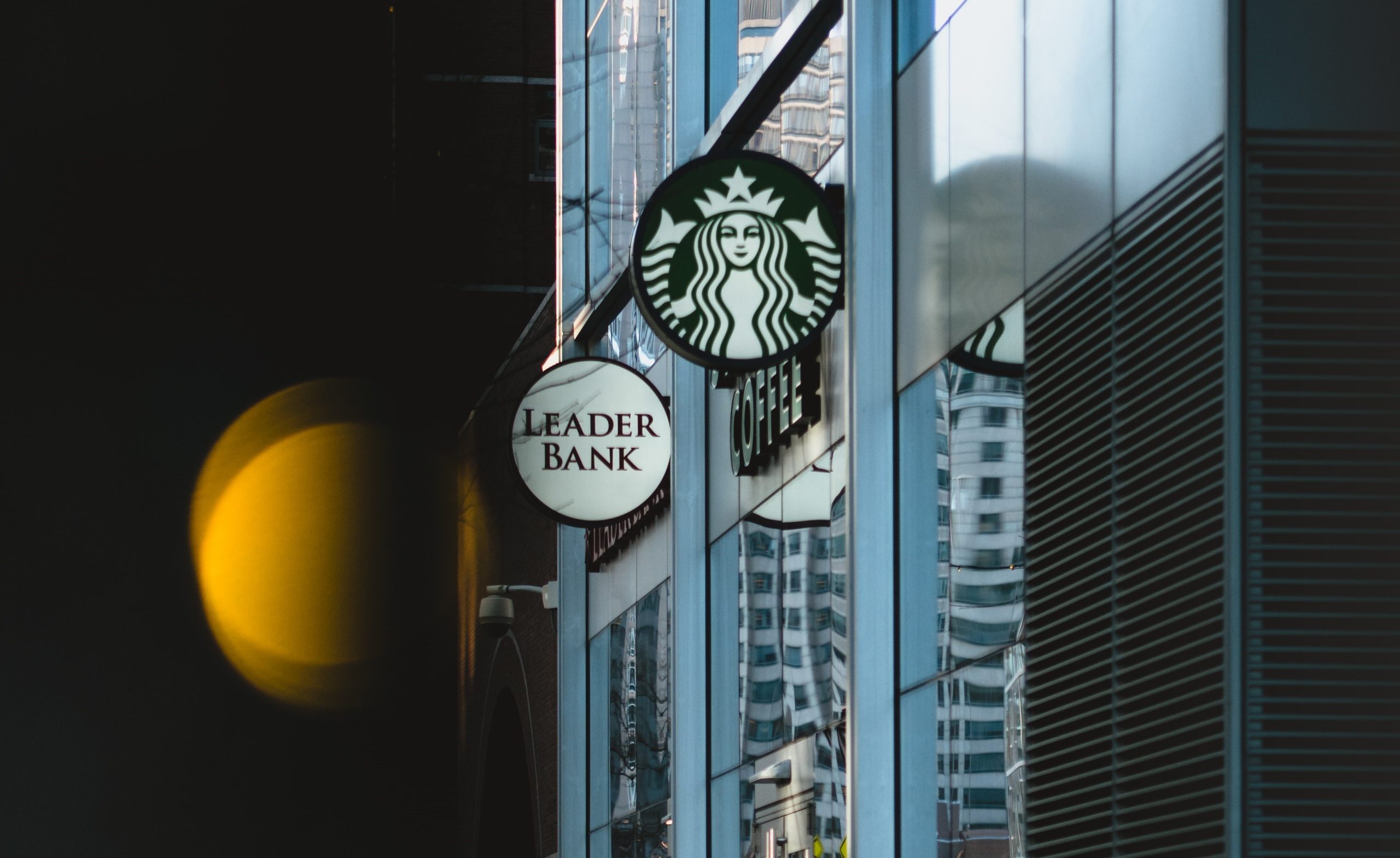To most people, Starbucks is a cafe that serves coffee, food and snacks. But this global coffee firm can also be viewed as one of the world’s largest neobanks. Thanks to the “Starbucks is a bank” vision of Starbucks CEO Howard Schultz, millions of Starbucks customers who are members of the rewards programme are essential loaning the business around $1.6 billion at a 0% interest rate.
“Starbucks is a bank”
As part of a corporate turnaround plan put in place by Schultz in 2008, the Starbucks Card Mobile app was launched alongside a renewed loyalty program. Attracting customers to load money by offering rewards and free WiFi, this initiative proved to be extremely successful.
Around $10 billion a year is loaded on the Starbucks Card program, accounting for almost half of all Starbucks sales. Customers no longer have to pay via a credit card or cash and can simply open their Starbucks app and gain benefits for doing so. By encouraging customers to top-up their accounts, the coffee chain has overtaken most banks in terms of assets. 85% of US banks have less than $1 billion in total assets, illustrating the major player Starbucks has become in this space.
However, unlike mainstream banks, Starbucks does not have to abide by regulations around storing customer funds in either a segregated bank account or to invest in low risk government bonds. As Starbucks card balances cannot be directly exchange for regular currency, but rather to buy in-store items, Starbucks is free to use these funds however they like. In practice, this allows them to use these funds to seek out opportunities in areas such as expansion and operations.
Moreover, due to breakage, where customers forget to spend gift cards and balances, in 2018 Starbucks saw a profit of $155 million from breakage. Interbank fees of a few percent are also saved thanks to Starbucks customer paying through an app, saving the coffee chain millions a year.
Win-win
Highly relevant customer data can also be gained from a customer Starbucks reward account, which can be used by Starbucks to better target their customer base. While Starbucks is arguably the most successful firm to embrace this neo-bank approach, other retailers are also more than happy to accept customer funds in exchange for gift cards and credit that can only be used in their store.
A diverse range of businesses have followed the Starbucks strategy, including competitors like Cafe Nero and Costa Coffee, as well as firms in other sectors, including Walmart. Non-financial institutions can benefit from the model Starbucks has pioneered by focusing on offering customers and clients a reason to convert fiat currency to a version of store credit. Starbucks did this through rewards but other firms may decide to offer free delivery, cashback or exclusive events to entice customers.
This approach is a win-win for Starbucks. Not only have they been able to encourage their customers to load a great deal of money onto the Starbucks app but customers clearly value the benefits they gain from this exchange.
Want to hear more about retailers and manufacturers that, like Starbucks, are offering financial services to their customers?
You can’t miss out the next edition of FTT Embedded Finance & Super-Apps will take place in London on 13th May 2025 and live as part of the FTT Fintech Festival on 11th – 12th November 2024 at The Brewery, London. Save the dates!
____________________________________________________________________
Written by Finbarr Toesland, Editorial Contributor, VC Innovations

